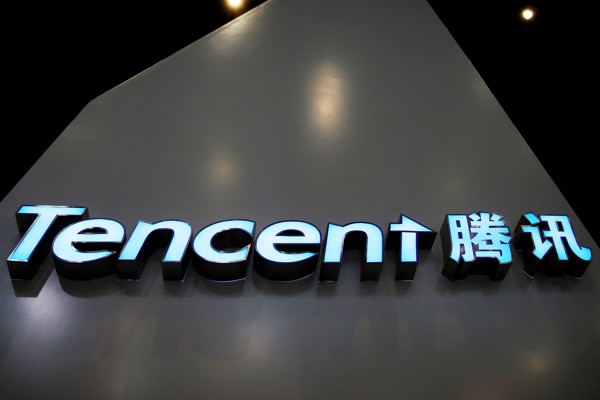
Just how long can tech stocks continue to surge?
Mixed views on both the pace of growth, and influence technology shares will continue having on Chinese indexes
Fund managers have mixed views on the outlook for Chinese stocks, as the market becomes more fragmented into those from the old and new economies.
They are divided, particularly, over whether growth seen in the new economy – especially the technology sector – can continue its rapid pace, and to what extent it will boost China’s benchmark indices in future.
The nation is already the world’s biggest e-commerce market, with 730 million internet users and 889 million users of the WeChat social media mobile platform. China’s electronic payment market is also said to be nearly 50 times bigger than the US.
China is transforming from being the world’s factory into the world’s innovator. Artificial intelligence, big data and internet high growth companies will benefit from the revolution
Fan Cheuk-wan, HSBC’s Asia head of investment strategy and advisory, said the current share prices of Chinese technology companies accurately reflect their future growth earnings, and she remains optimistic their development will continue at high speed.
“China is transforming from being the world’s factory into the world’s innovator,” Fan said.
“Artificial intelligence, big data and internet high-growth companies will benefit from the revolution,” she added, predicting earnings within China’s new economy sector will grow 20 per cent in 2018, far exceeding growth in other parts of the economy.
The CSI 300, which tracks both the old and new economy companies listed in Shanghai and Shenzhen, is forecast to reach the 4,000 level by the end of the year, Fan said.
The private economy contributes 70 per cent of China’s gross domestic product with the remainder from state-owned enterprises (SOEs), she said. Performance of listed private companies is also higher than SOEs, with the gap widening over the past decade.
Fan’s bullish view on technology shares is different from some, who are starting to turn more cautious on their fortunes, after the recent strong rally.

Known in Hong Kong as “the stock king”, Tencent hit a record closing high of HK$278 last month, helping to fuel the city’s benchmark Hang Seng Index’s 16 per cent rally this year.
But Tencent has since slipped back to HK$272 after a technology sector sell-off in the US began on June 9, driven by bearish analysts reports for Apple and Alphabet.
Influential short sellers have also been targeting several Hong Kong-listed stocks recently, dampening overall market sentiment.
“There will be pressure on A shares in the coming quarters and I would be cautious buying technology shares now,” said Kenny Wen, wealth management strategist at Sun Hung Kai Financial.
He has cut his forecast for the Shanghai Composite Index to 3,300 points from 3,600 by the end of the year.
Fund managers also differ on predicting how far policymakers are willing to go to curb borrowing in the financial sector to contain asset price risk, which has also been creating volatility in Chinese stocks, bonds and commodities markets.
Some market watchers argue the measures are only temporary, especially at such a politically sensitive time with the reshuffling of the Communist Party’s most senior leadership later this year, while others even think Chinese stocks should actually benefit from the crackdown in the long term, as the risk of asset price bubbles is reduced.

Worries persist universally, though, that an overly tight and aggressive crackdown on the financial sector could potentially trigger a liquidity crunch that may spread into the real economy.
The peaking of China’s economic growth at 6.9 per cent in the first quarter, combined with higher short-term money market rates are likely to pressure the earnings of Chinese companies in the coming quarters, Wen said.
“[Shanghai interbank offered rates] have risen a lot and this is negative to the investment environment,” he said.
“At the same time, if China’s economic growth has now peaked in the first quarter, then the chances are corporate earnings have peaked too, causing a future underperformance by A shares.”
Meanwhile, the chances of MSCI including Chinese A shares into its global equity indices – to be announced on June 21 – have increased after the index provider said this year it will cut the number of stocks eligible to 169 compared to the original proposal of 448.
Fund managers such as AXA Investment are sceptical that any positive decision would lead to any material change in underlying market trends.
Inclusion would not guarantee large capital inflows immediately, especially if investors lack confidence in Chinese equities, they added, and given the inclusion will only increase China’s weighting in the MSCI World/Emerging Market/Asia ex-Japan indices by 0.1 per cent, 0.5 per cent and 0.6 per cent respectively.

